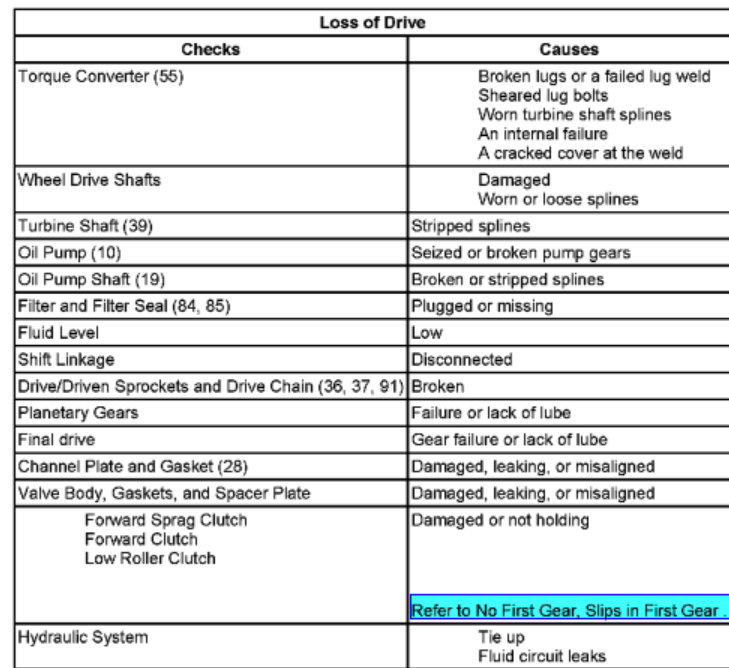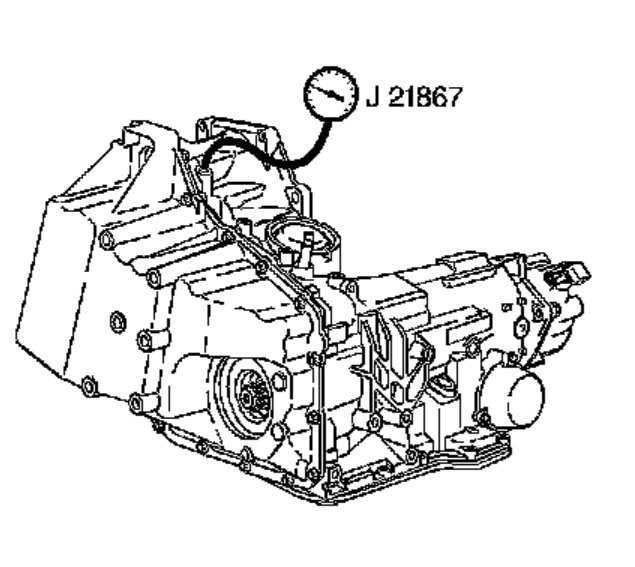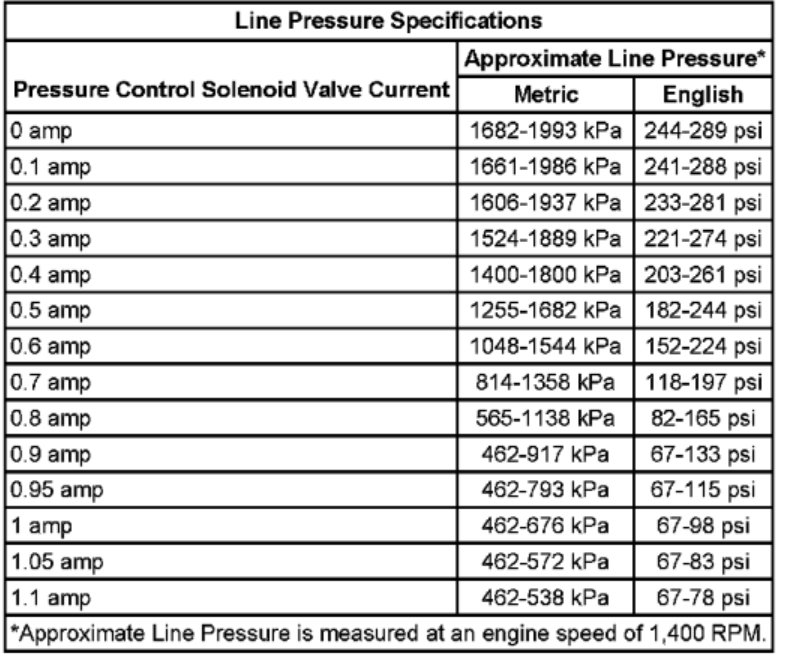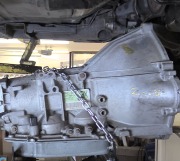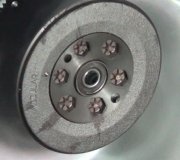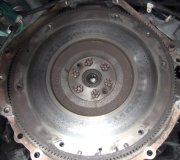Thanks for visiting 2carpros. Com
This does sound like a torque converter or fluid pump issue. You can perform a line pressure test to confirm this. If line pressure is low the transmission would need to be pulled to replace these items. I'd recommend a good salvage yard unit or reman transmission if so. I'll post the test info below. Most parts stores have the gauge in their loan a tool program.
Tools Required
J 21867 Pressure Gage
J-21867-65 Pressure Test Adapter (5.3L only)
Important:
Before performing a line pressure check, verify that the pressure control (PC) solenoid valve is receiving the correct electrical
signal from the PCM.
Some conditions may be intermittent, therefore this test should be performed at least 3 times.
Install a scan tool.
Caution: Keep the brakes applied at all times in order to prevent unexpected vehicle motion. Personal injury may result if the vehicle
moves unexpectedly.
1. Start the engine and set the parking brake.
2. Check for a stored Diagnostic Trouble Code (DTC).
3. Repair the vehicle, if necessary.
4. Check the fluid level. Refer to the Transmission Fluid Checking. See: Fluid - A/T/Testing and Inspection/4T65-E Automatic Transaxle
5. Check the manual linkage for proper adjustment.
6. Turn the engine Off.
7. Loosen Exhaust cross-over pipe to allow attachment of J-21867-65 adapter (5.3L only).
8. Remove the oil pressure test hole plug and install the J-21867-65 adapter (5.3L only) and the J 21867.
9. Put the gear selector in PARK range and set the parking brake.
10. Start the engine and allow the engine to warm up at idle.
Notice: The total test running time should not be longer than 2 minutes. Running the test longer than 2 minutes may damage the transaxle.
11. Access the PC solenoid valve control test on the scan tool.
12. Increase the PC solenoid actual current from 0 to 1 amps in 0.1 amp increments. Allow the pressure to stabilize for five seconds after each
pressure change. Read the corresponding line pressure on the J 21867.
13. Refer to the Line Pressure specification table. Compare the data to the table.
14. If pressure readings differ greatly from the table, refer to Incorrect Line Pressure. See: Symptom Related Diagnostic Procedures/4T65-E
Automatic Transaxle/Incorrect Line Pressure
15. Shut the engine OFF. Remove the J 21867 and J-21867-65 (5.3L only) if used.
16. Apply sealant GM P/N 12345382 (Canadian P/N 1095348) to the oil pressure test hole plug.
Notice: Refer to Fastener Notice.
17. Install the oil pressure test hole plug.
Tighten the plug to 12 N.M (106 lb in).
18. Re-tighten the exhaust cross-over pipe (5.3L only).
Images (Click to make bigger)
Friday, January 25th, 2019 AT 12:04 PM
